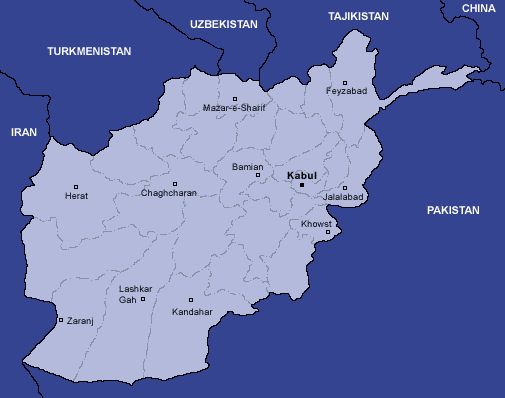|
|
:-:Facts and Figures:-:
Official
name Population Population
growth rate Urban/rural
distribution Largest
cities, with population Languages Religious
affiliations Life
expectancy Literacy
rate Government Employment |
||
|
|
|
|
|
[ Go to Top ]
. 
|
||

